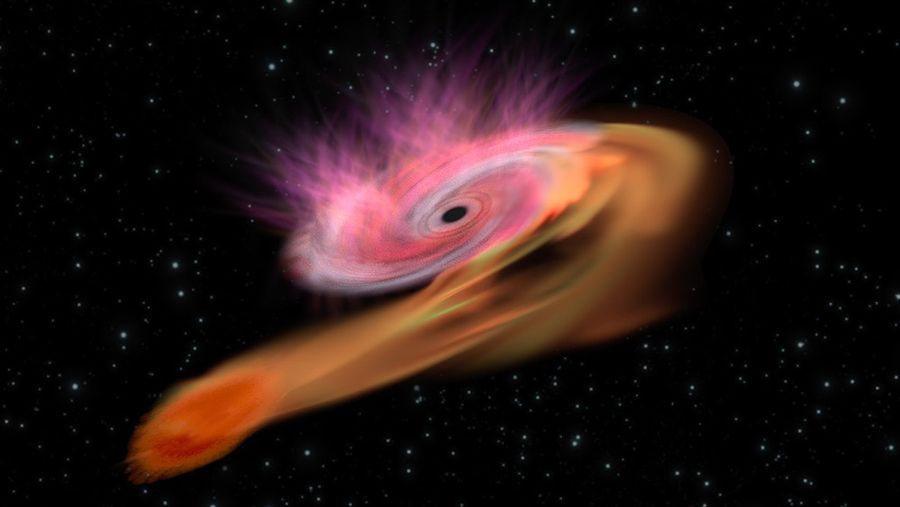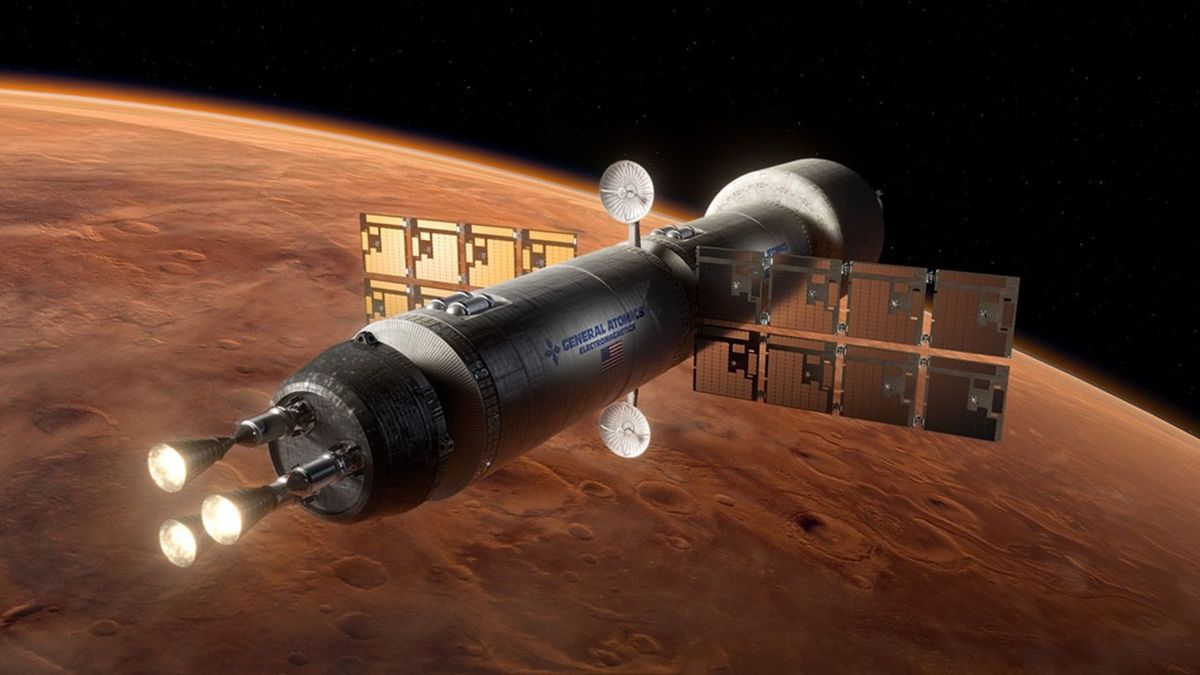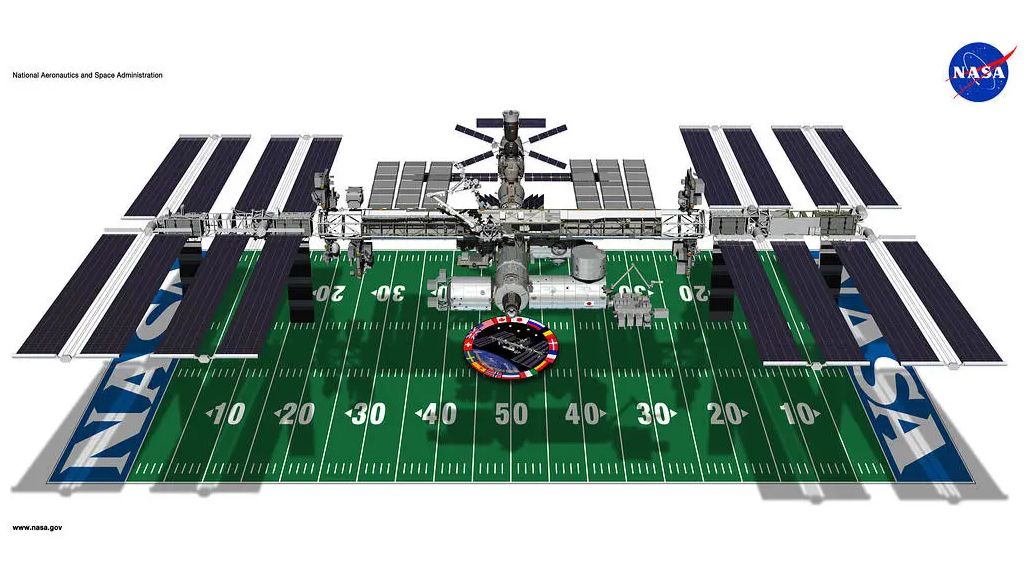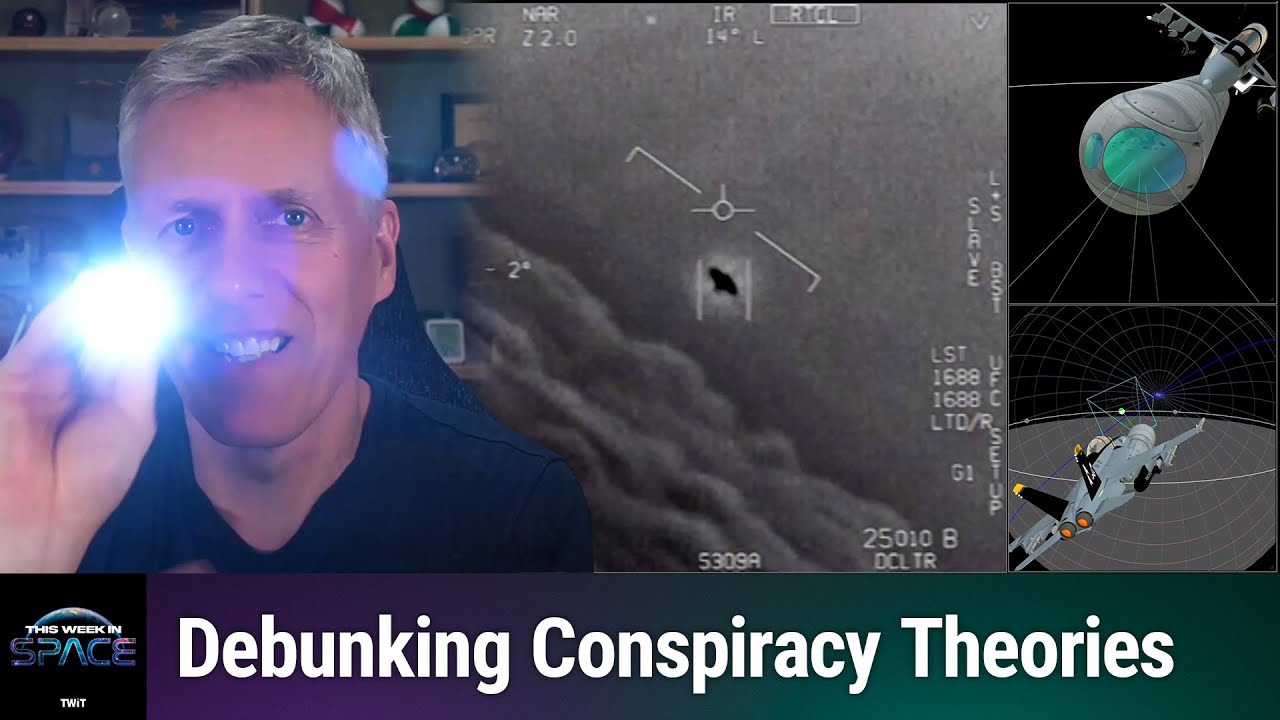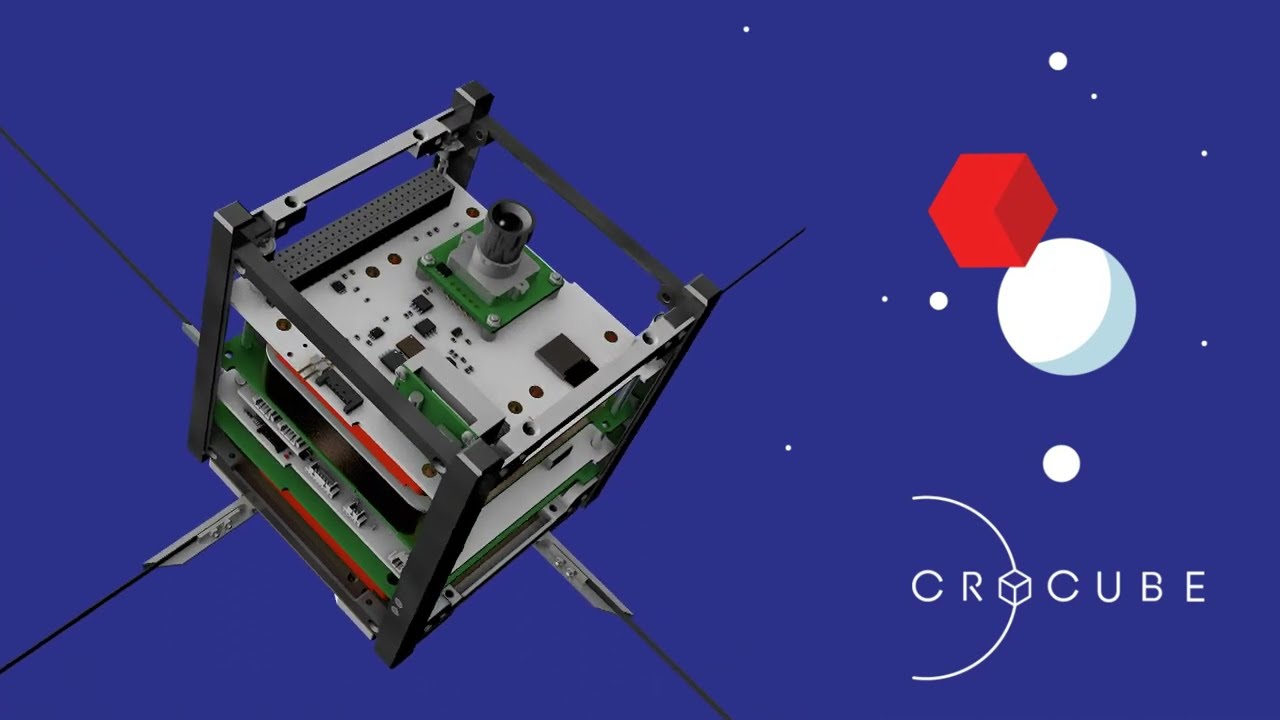Having launched on January 9, 2024 by the Chinese Academy of Sciences, the Einstein Probe detected several new events during its commissioning phase. Last October, Yuan Weimin, the spacecraft’s principle investigator, told China Central Television that the X-ray observatory had already discovered around 60 very strong transient celestial objects, close to a thousand potential transients, and nearly 500 stellar flares, along with a gamma-ray burst from the very early universe. One of those detections was EP240408a, an unusual blast that lit up discussions between astronomers. Zhang and his colleagues immediately…
Read MoreCategory: The Moon
Our moon
Firefly’s Blue Ghost lunar lander leaves Earth orbit to head for the moon
Firefly Aerospace’s Blue Ghost lunar lander is now headed for the moon after firing its engines to send it out of Earth orbit. “Blue Ghost successfully performed a Trans Lunar Injection burn to escape Earth’s gravitational pull and begin a 4-day transit to the moon’s orbit,” Firefly stated on social media platform X on Saturday (Feb. 8). The lander launched on the “Ghost Riders in the Sky” mission on Jan. 15 atop a SpaceX Falcon 9 rocket along with the Japanese space exploration firm ispace’s Resilience moon lander. Both spacecraft…
Read MoreAuction offers Neil Armstrong’s reply to NASA engineer’s Apollo 11 mission patch ideas
Neil Armstrong was appreciative, but as explained in his handwritten letter, it was too late. The Apollo 11 commander and his crewmates had already arrived at a design to represent the first moon landing. Armstrong’s note and the mission patch proposal that inspired it are up for auction in Goldberg Coins & Collectibles’ Feb. 27 public sale in Los Angeles. The emblem art and first moonwalker‘s reply are part of the Clark C. McClelland collection, an archive of astronaut autographs, cscale rocket models and flown memorabilia from the estate of…
Read MoreWorld’s fastest supercomputer ‘El Capitan’ goes online — it will be used to secure the US nuclear stockpile and in other classified research
The fastest supercomputer in the world has officially launched at the Lawrence Livermore National Laboratory (LNNL) in California. The supercomputer, called “El Capitan,” cost $600 million to build and will handle various sensitive and classified tasks including securing the U.S. stockpile of nuclear weapons in the absence of underground testing, according to LNNL representatives. This was prohibited in 1992. Research will primarily be focused on national security, including material discovery, high-energy-density physics, nuclear data and weapon design, as well as other classified tasks. Construction on the machine began in May…
Read MoreNASA and General Atomics test nuclear fuel for future moon and Mars missions
The first humans to Mars might someday ride a rocket propelled by a nuclear reactor to their destination. But before that can happen, nuclear thermal propulsion (NTP) technologies still have quite a way to go before we could blast astronauts through space on a nuclear rocket. However, earlier this month, General Atomics Electromagnetic Systems (GA-EMS), in collaboration with NASA, achieved an important milestone on the road to using NTP rockets. At NASA’s Marshall Space Flight Center in Alabama, General Atomics tested a new NTP reactor fuel to find out if…
Read MoreNASA will beam Super Bowl LIX to orbit for astronauts aboard the International Space Station
Are you ready to catch the big game? On Sunday (Feb. 9), across the United States and around the world, Americans and American football fans will tune in to watch the top two teams in the National Football League (NFL) go head-to-head in the ultimate post-season game, and even astronauts living in space will have the chance to watch the action live. Sunday evening, the American Football Conference (AFC) champions, the Kansas City Chiefs, will face off against the National Football Conference (NFC) champions, the Philadelphia Eagles, in Super Bowl…
Read MoreThis Week In Space podcast: Episode 147 — Not As They Seem
Not As They Seem – Mick West on UFOs, Conspiracy Theories, and Pseudoscience – YouTube Watch On On Episode 147 of This Week In Space, Rod Pyle and Tariq Malik speak with Mick West, a passionate conspiracy debunker who, rather uniquely, proceeds with kindness and empathy as he unravels some of the key pseudoscience of our time. Of particular interest to us is the spate of relatively recent videos of UFOs/UAPs from the US Navy, among other sources. He’s got a lot to say and took a deep dive into…
Read MoreCroatia’s 1st satellite captures its first views of home (photo)
Croatia’s first ever satellite has just beamed to Earth the first image of its homeland. The satellite, called CroCube, is a 1U cubesat 3.3 by 3.3 by 3.3 inches (10 x 10 x 10 centimeters) in size. It launched to space aboard a SpaceX Falcon 9 rocket in late December on the company’s Bandwagon-2 rideshare mission. The debut image, released via the mission’s Facebook page on Jan. 31, shows a cloud-covered outline of the Mediterranean country famous for its crystal blue sea and scenic coast. “Although our land is partly…
Read MoreVast Space now aims for 2026 launch of Haven-1 space station after key milestone (photos)
Vast Space is taking big steps toward putting the first commercial space station in orbit. The California-based startup recently completed a major testing milestone for the qualification vessel of its upcoming Haven-1 station, a benchmark Vast also used to reevaluate the launch date for the company’s first flight-ready module. “With the completion of our primary structure qualification test and a fully assembled team, we now have greater clarity on our build and launch schedule. As a result, we are updating our timeline,” Vast said in a statement. Haven-1 will ride…
Read More1st supernovas may have flooded the early universe with water — making life possible just 100 million years after the Big Bang
When the cosmos’ first stars exploded in spectacular supernovas, they may have unleashed enormous amounts of water that flooded the early universe — and potentially made life possible just millions of years after the Big Bang, new simulations suggest. However, this theory clashes with our current understanding of cosmic evolution and will be extremely difficult to prove. Water is one of the most abundant compounds in the universe, according to NASA. Aside from Earth, astronomers have found water in several places throughout the solar system, including scattered above and below…
Read More